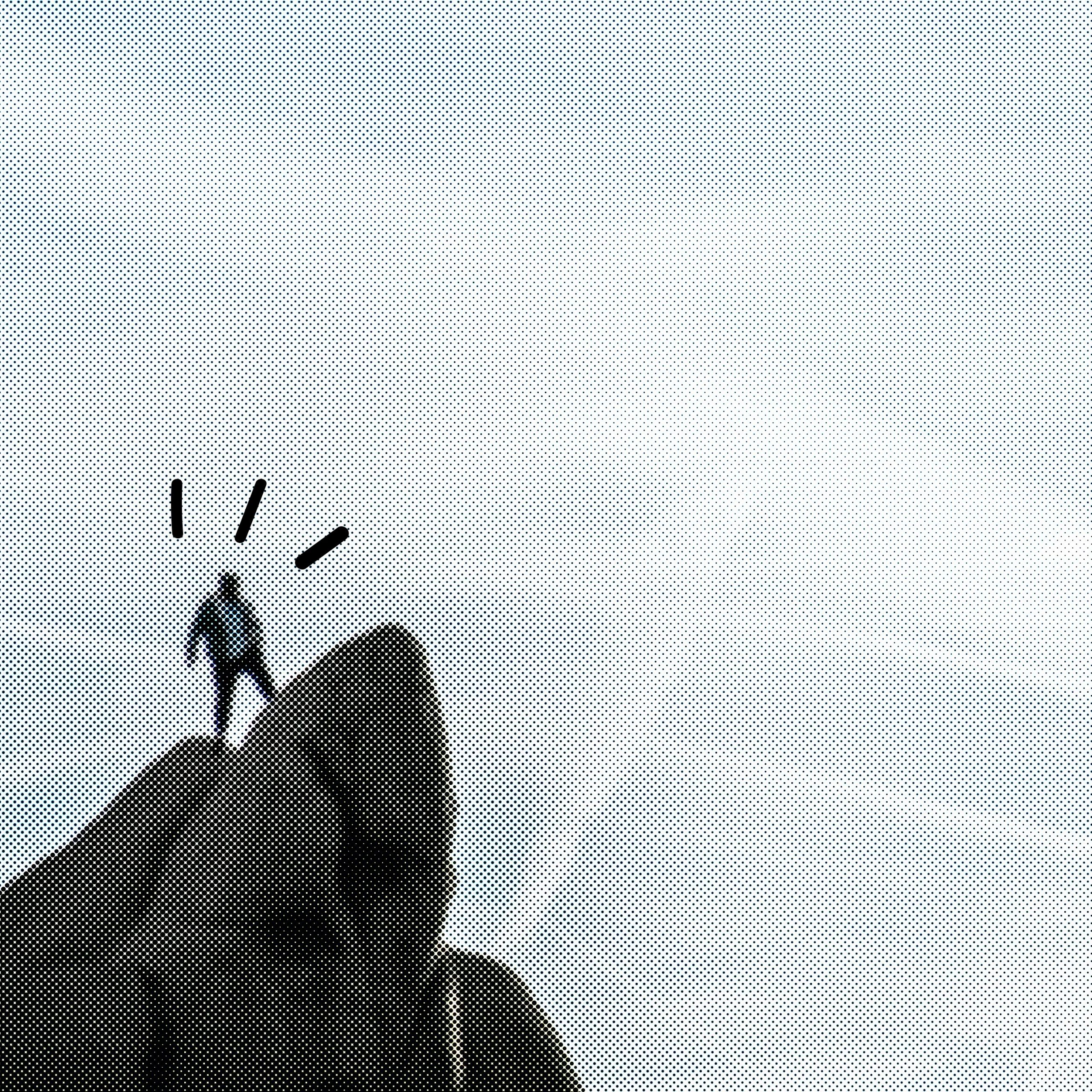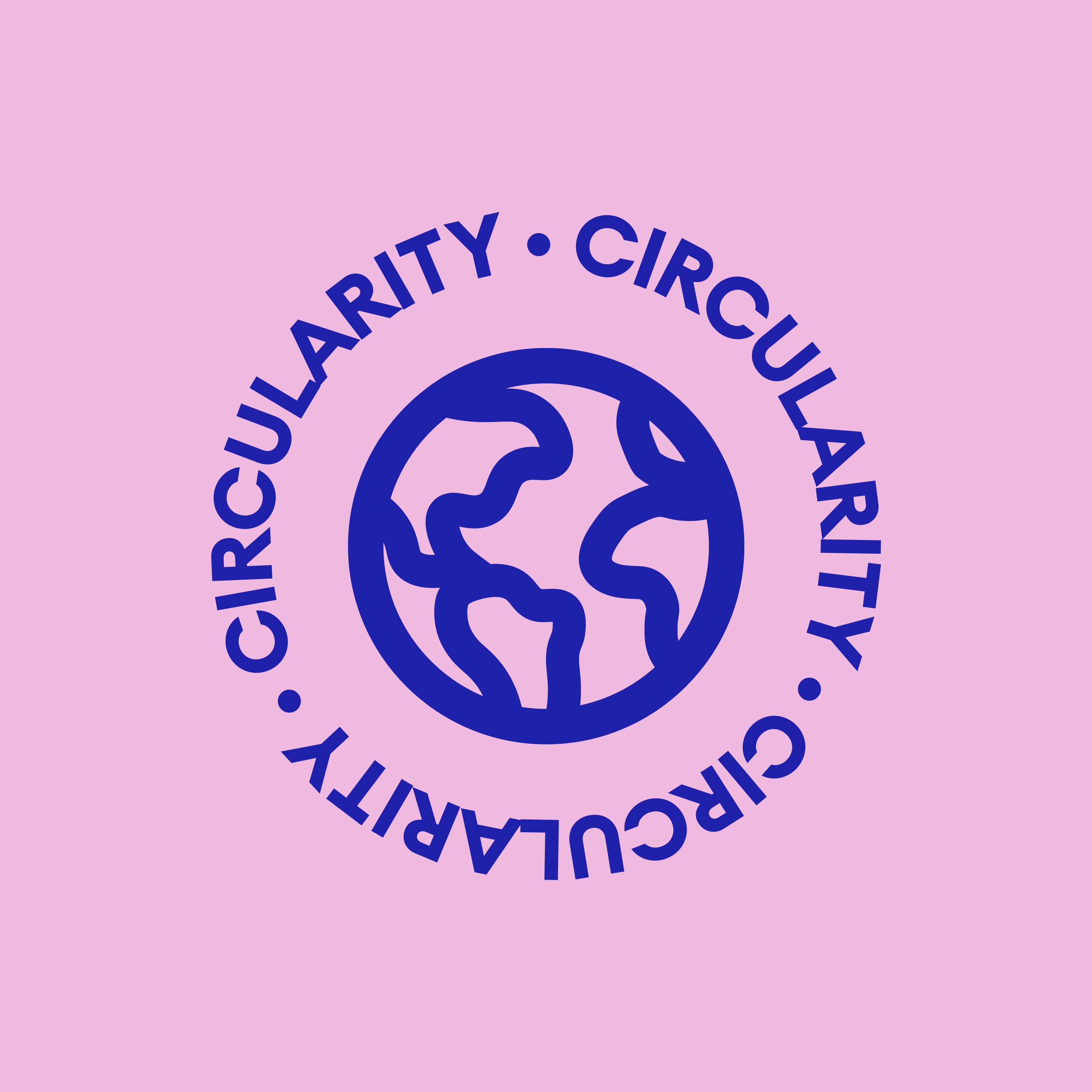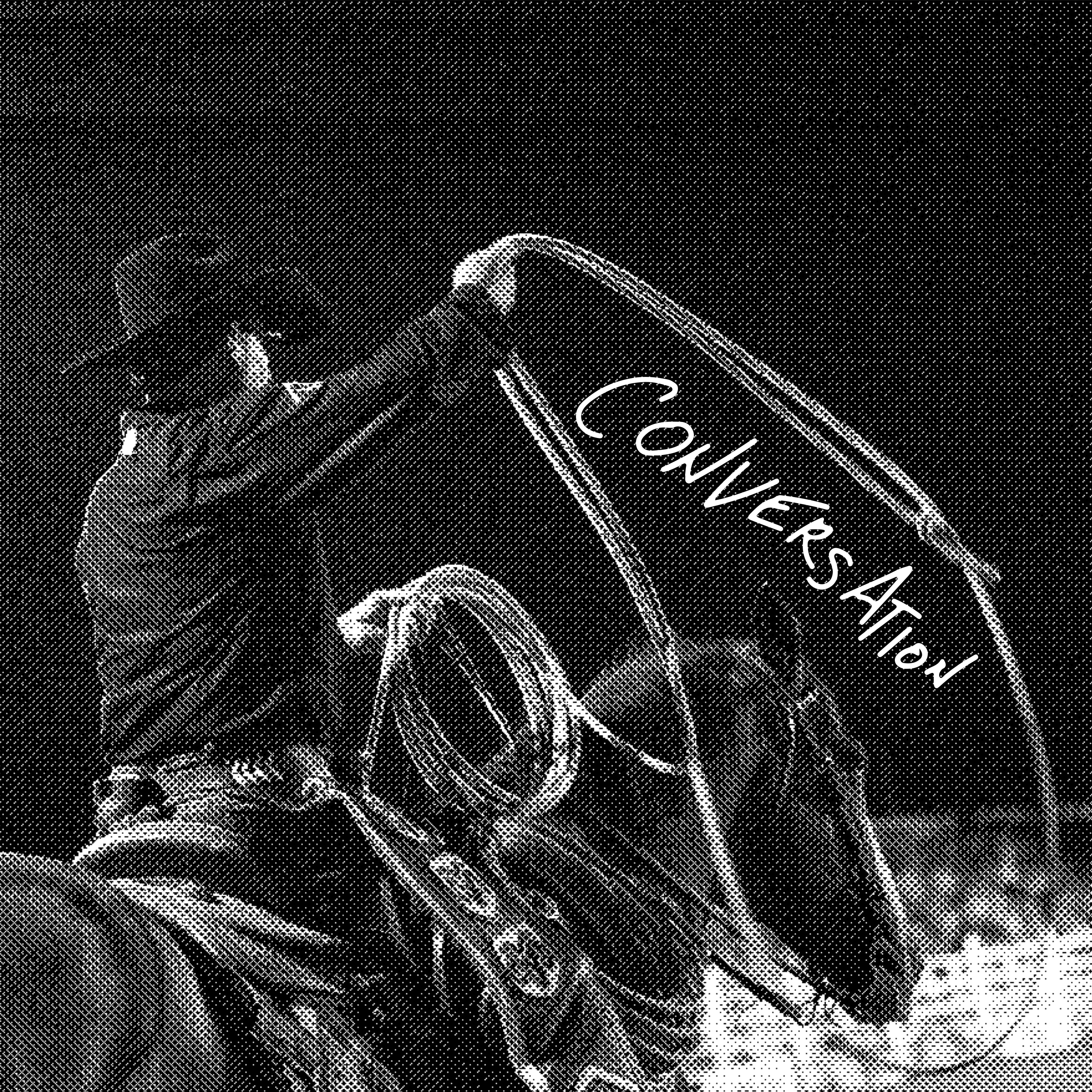When gyms and studios closed their doors last year, the outdoors remained open for everyone. Nature continues to be a consistent safe space where you can stretch your limbs, breathe deeply (without a mask) and see something different than the same four walls of your house.
It’s undeniable there was a fresh surge of folks heading outdoors in 2020. In fact, June 2020 saw year-over-year sales of sport gear, golf equipment and camping gear up 63%. And the open-air obsession steamrolled right on into this year—in the 12 months ending May 2021, sales of kayaks grew by almost 30%, backpacking tents by close to 50% and sleeping bags nearly 30%.
That’s not to say everyone is ready to lace up and head to the nearest trailhead just yet. There are still plenty of nature newbies that feel unsure or intimidated by the outdoors and all the gear that comes with it—but right now—they’re undoubtedly more curious than ever.
The brands that quickly picked up on the hyperdrive for outdoor experience capitalized on the opportunity to reach a whole new audience: those venturing into the wild for possibly the first time in their lives. We took note of some top tactics these agile brands put in play to connect with the entry-level outdoor explorer, and we rounded them up for you.
1. Representation: Help Everyone See Themselves Out There
The first thing brands can do to draw newcomers into the outdoors is show real, unstaged, diverse people out there exploring—people they can relate to. Integrating UGC (user-generated content) into your product pages, social content and email campaigns switches the spotlight from highly-polished campaign content featuring elite athletes and models to everyday people. Stunning landscape shots of pros scaling gnarly mountains free-solo is inspiring and aspirational, but it’s also unattainable for most of us. Non-professionals are more likely to associate themselves with someone on their level, doing activities they can imagine doing themselves.
Make room in your content to show people enjoying a walk in the park and a week-long trek through the Pacific Crest Trail. By showing a variety of activities and skill levels, you’ll be helping a broader swath of potential explorers imagine themselves in the wild.
According to the National Health Foundation, nearly 70% of people visiting national forests and parks in America are white. Despite Black, Indigenous and other People of Colour accounting for almost 40% of the U.S. population. Making the outdoors a safe and welcoming place for everyone takes representation beyond those in front of the lens—broadening the voices who are shaping the conversation means looking at who is behind the camera, at the strategy session and calling the shots on your next campaign creative.
2. Rentals & Secondhand: Offer a Test Drive
Seasoned outdoors enthusiasts know that good gear doesn’t come cheap—and heading up a mountain or on a multi-day camping trip with the wrong equipment is a surefire way to scare anyone away from the outdoors for good.
Resale tools like Trove help brands create marketplaces for used gear, which then helps newcomers dive into a new activity without such a big financial commitment—and gives them somewhere to resell their gear if it isn’t right for them. Check out Arc’teryx Used Gear, Patagonia Worn Wear and REI Used Gear to see how they created trustworthy secondhand marketplaces with high-quality secondhand gear at more affordable prices.
Another approachable option to offer newcomers is rentals. They can try your gear, see if it’s right for them, then make a confident commitment after they’ve taken it for a spin. Establishing a rental program is an investment, but a happy customer in the right gear quickly turns into word-of-mouth and better yet—creates a customer for life.
3. Recommendations: Get Them Fully Prepped
If creating a resale or rental program is too big of a commitment right now, consider starting with an audit and optimization of your product categories and product pages to help newcomers navigate a breadth of gear.
Merchandising your gear into starter packs for different activities is a good jumping off point. Take note from Outdoor Voices’s OV Kits. Their curated, head-to-toe outfits get you all set to get active at a reduced price. REI’s Backpacking Bundle includes everything you need to go camping this weekend: a tent, sleeping bag and sleeping pad for $50 off.
Offer related product recommendations—like a camp cooking set to go with their new stove or a rain fly to top their tent. Not only do these recommendations increase AOV but they also up the chances that a newcomer will have a positive experience in the wild, and want to devote more time out there with your product.
4. Product Education: Break it Down
What can scare a newcomer away from the get-go? Intimidatingly technical copy on your product pages. Do an audit of your web content and see if you can simplify the language you use to describe the materials, intended use and functionality of your products.
If you’re listing a feature, are you explaining what that feature does in clear, conversational language? If not, it could be frustrating for newcomers to figure out which shell they need for the season or which sleeping bag is right for their climate. Consider adding visual tools like iconography and warmth scales to product pages to further drive home the climate, terrain and activity each piece of gear is made for.
Read our blog post on writing technical copy without sounding technical for some additional pointers on how to break down your educational content into language everyone can understand and benefit from.
Next, dive into your social channel comments, DMs and customer reviews to uncover common questions or areas of confusion. Then use these insights to create a more robust FAQ section, more detailed product pages, guide your blog content or shape an IG Live Session focused on a certain activity or potential pain point.
5. Product Care: Prevent the One-and-done
The first foray into the wild can be intimidating. But what to do with all the soggy gear afterwards is possibly even more daunting. Help newcomers take care of their gear so it keeps functioning in fine order and they’ll build a long, lasting bond with your brand. If their gear is clean, dry and packed neatly away—there’s a higher likelihood of them feeling excited and confident for their next adventure.
Post-purchase emails are a perfect tool to deliver product care content. Consider including tips directly in the body of the email as well as related blog content so they can dive in deeper. If you’ve just sold someone a tent, for instance, share a video that shows how to clean and dry it after a camping trip or a roundup of easy campfire meals.
Between the gear, trail maps and weather, getting outside for a few hours or a few days takes preparation, planning and lots of snacks. Start experimenting by tailoring some of your content to the entry-level outdoor explorer and help a new crew of enthusiasts build a relationship with nature (and your brand).







